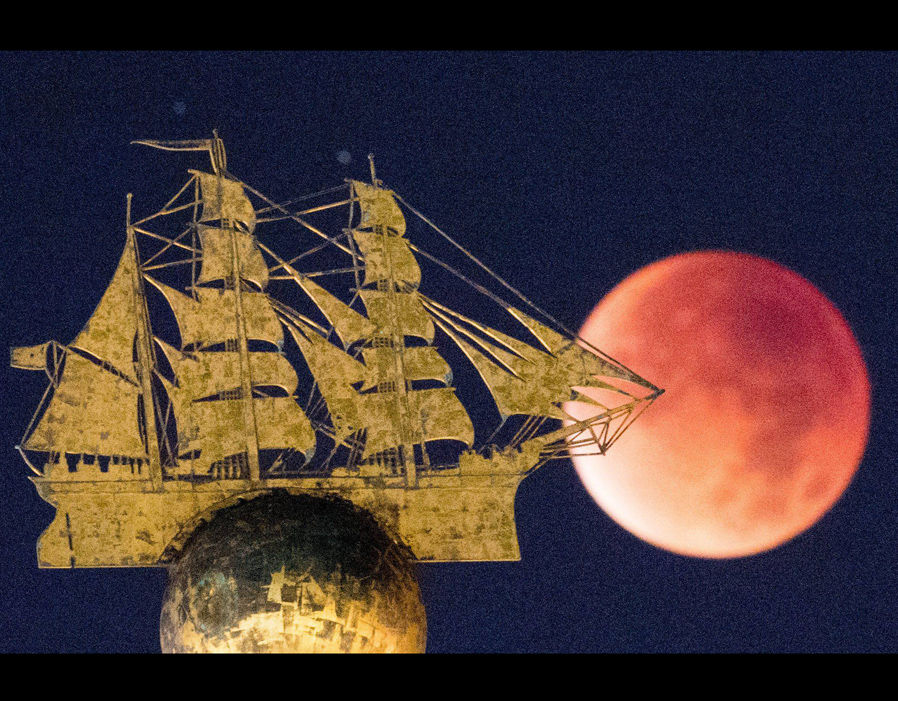A lunar date for your diary - July 27th
This entry was posted on July 24, 2018.
On July 27th, stargazers around the globe will witness the longest total lunar eclipse of the year.
The lunar spectacle will give birth to the Blood Moon – the second since the Super Blue Blood Moon eclipse on January 31st.
The total phase of the "blood moon" eclipse of July 27th will last 1 hour and 43 minutes, during which Earth's natural satellite will turn a spectacular red or ruddy-brown colour. From start to finish, the entire celestial event will last nearly 4 hours.

The eclipse won't be visible to viewers in North America, except via webcasts. But observers in much of Africa, the Middle East, southern Asia and the Indian Ocean region will get an eyeful, given cooperative weather, according to lunar scientist Noah Petro, of NASA's Goddard Space Flight Centre. Most of Europe, including the UK can expect to see a partial totality event but will certainly get the opportunity to get some incredible photos.
The upcoming lunar eclipse is expected to be the longest eclipse of the century with one hour and 43 minutes of totality.
In comparison, the January Blood Moon only lasted one hour 16 minutes.
Why will the July "Buck Moon" turn red?
The so-called Full Buck Moon will change hue during the eclipse due to the way light bends around Earth’s atmosphere. During a lunar eclipse, the moon perfectly aligns behind the sun and the planet and dips out of sight in the Earth’s shadow.
But for a brief period of time, the moon will light up in a red to orange-like hue rather than completely disappear from sight.
Unlike with solar eclipses, you need no special equipment to observe lunar eclipses except maybe a telescope, good camera or pair of binoculars but just to get a better view. These latter events, which occur when the moon passes into Earth's shadow, are safe to view directly with the naked eye.

The moon turns deep red or reddish brown during eclipses, instead of going completely dark. That's because some of the sunlight going through Earth's atmosphere is bent around the edge of our planet and falls onto the moon's surface. Earth's air also scatters more shorter-wavelength light (in colours such as green or blue); what's left is the longer-wavelength, redder end of the spectrum.
According to Deborah Byrd of Earthsky.org, "This happens when sunlight passing through Earth’s atmosphere is refracted and green to violet parts of the light spectrum are filtered out."
The scientist wrote: “Depending on the conditions of our atmosphere at the time of the eclipse – dust, humidity, temperature and so on, can all make a difference – the surviving light will illuminate the moon with a colour that ranges from copper-coloured to deep red.
“In December 1992, not long after the eruption of Mount Pinatubo in the Philippines, there was so much dust in Earth’s atmosphere that the totally eclipsed moon could barely be seen.”
The effect is known as Rayleigh scattering and is responsible for spectacular orange sunsets, the colour of the sky and even the colour of blue eyes.

And the good news for stargazers is that unlike a solar eclipse, the total lunar eclipse will be perfectly safe to watch with the naked eye.






